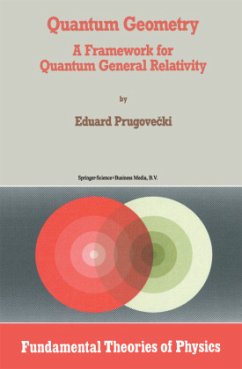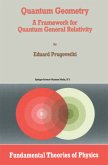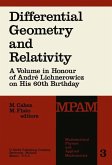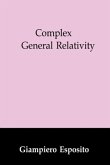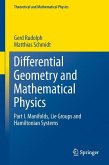The present monograph provides a systematic and basicaIly self-eontained introduetion to a mathematieal framework eapable of ineOIporating those fundamental physical premises of general relativity and quantum meehanics which are not mutually ineonsistent, and which ean be therefore retained in the unifieation of these two fundamental areas of twentieth eentury physics. Thus, its underlying thesis is that the equivalenee principle of classical general relativity remains true at the quantum level, where it has to be reeonciled, however, with the uneertainty principle. As will be discussed in the first as weIl as in the last chapter, eonventional methods based on classical geometries and on single Hilbert space frame works for quantum meehanics have failed to aehieve such a reconciliation. On the other hand, foundational arguments suggest that new types of geometries should be introdueed. The geometries proposed and studied in this monograph are referred to as quantum geometries, sinee basic quantum principles are ineorporated into their strueture from the outset. The mathematical tools used in constructing these quantum geometries are drawn from functional analysis and fibre bundle theory, and in particular from Hilbert space the ory, group representation theory, and modern formulations of differential geometry. The developed physical eoncepts have their roots in nonrelativistic and relativistic quantum me chanics in Hilbert spaee, in classical general relativity and in quantum field theory for mas sive and gauge fields.
Bitte wählen Sie Ihr Anliegen aus.
Rechnungen
Retourenschein anfordern
Bestellstatus
Storno

